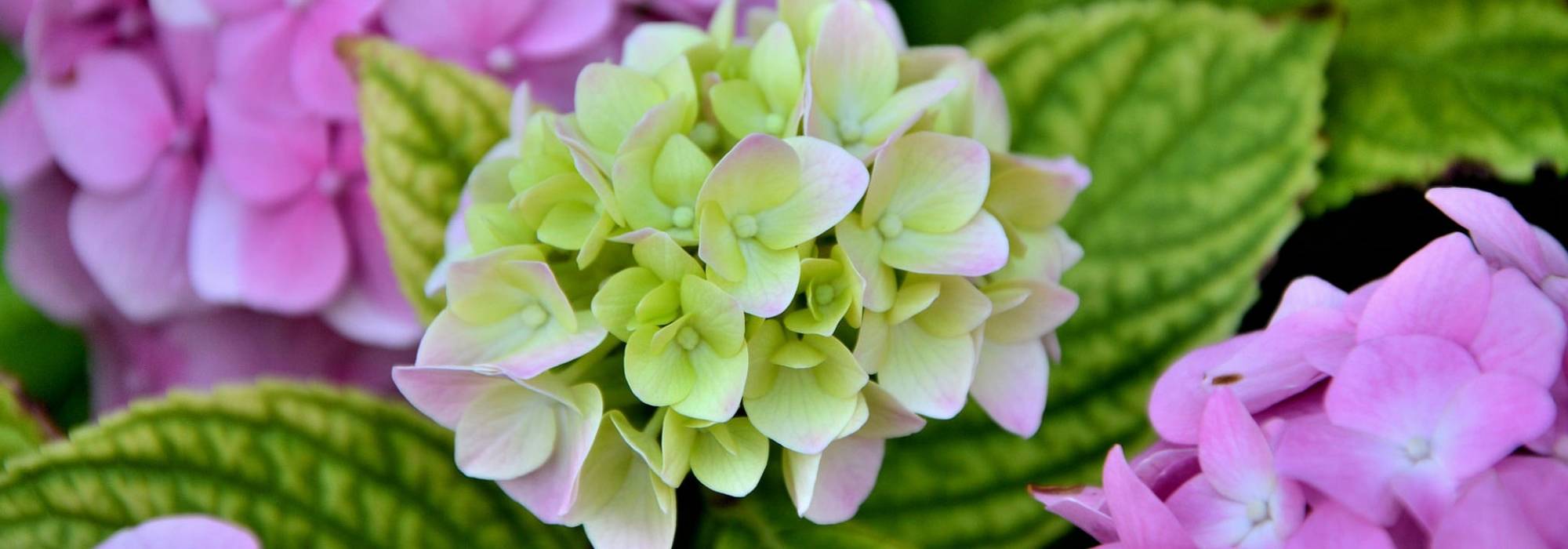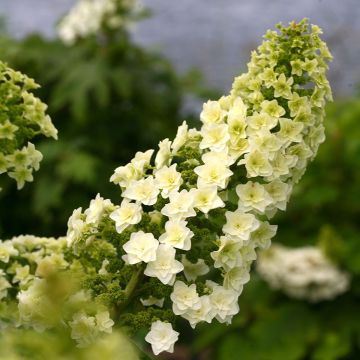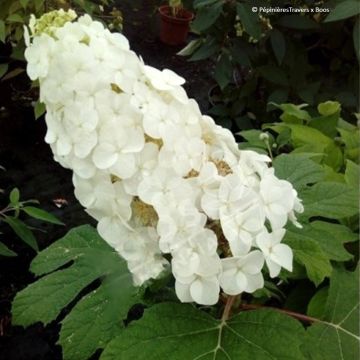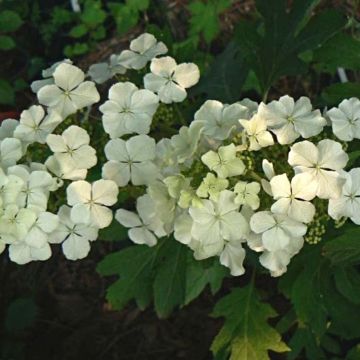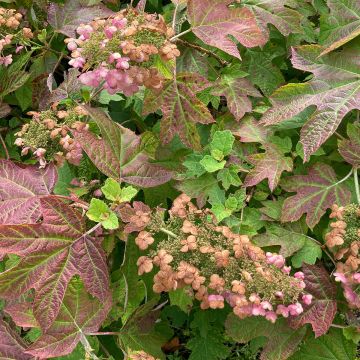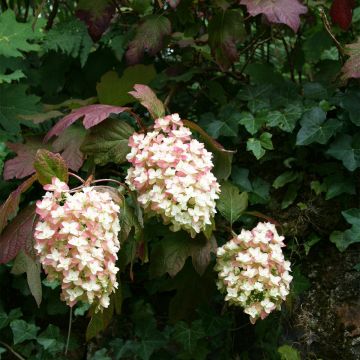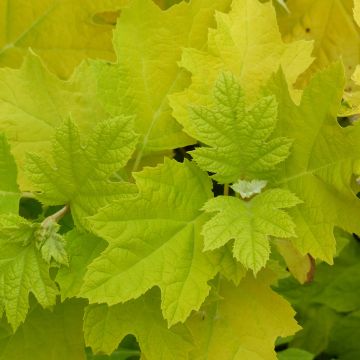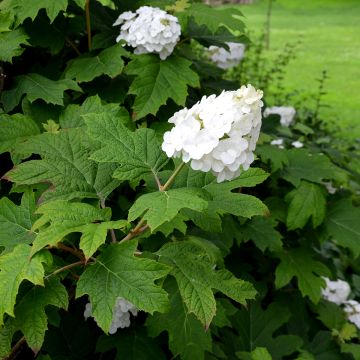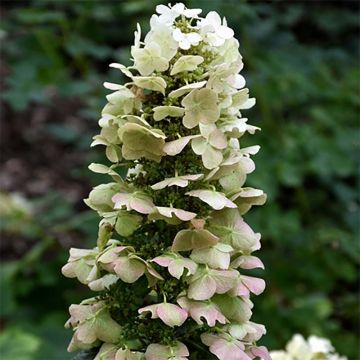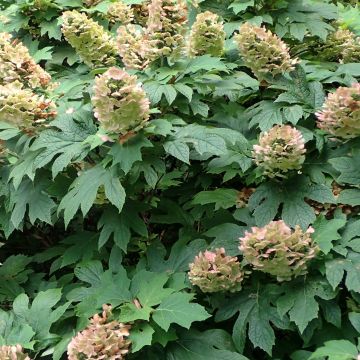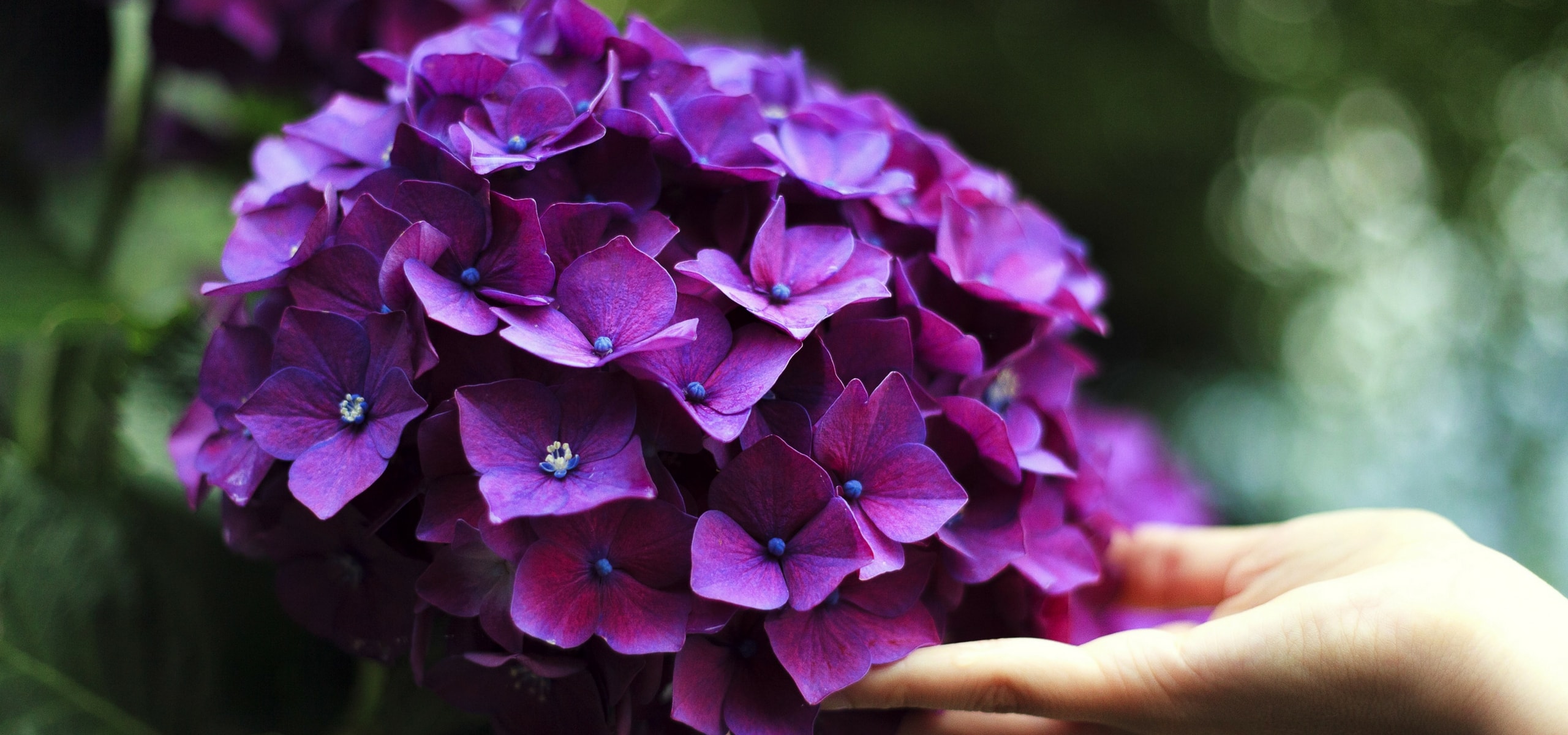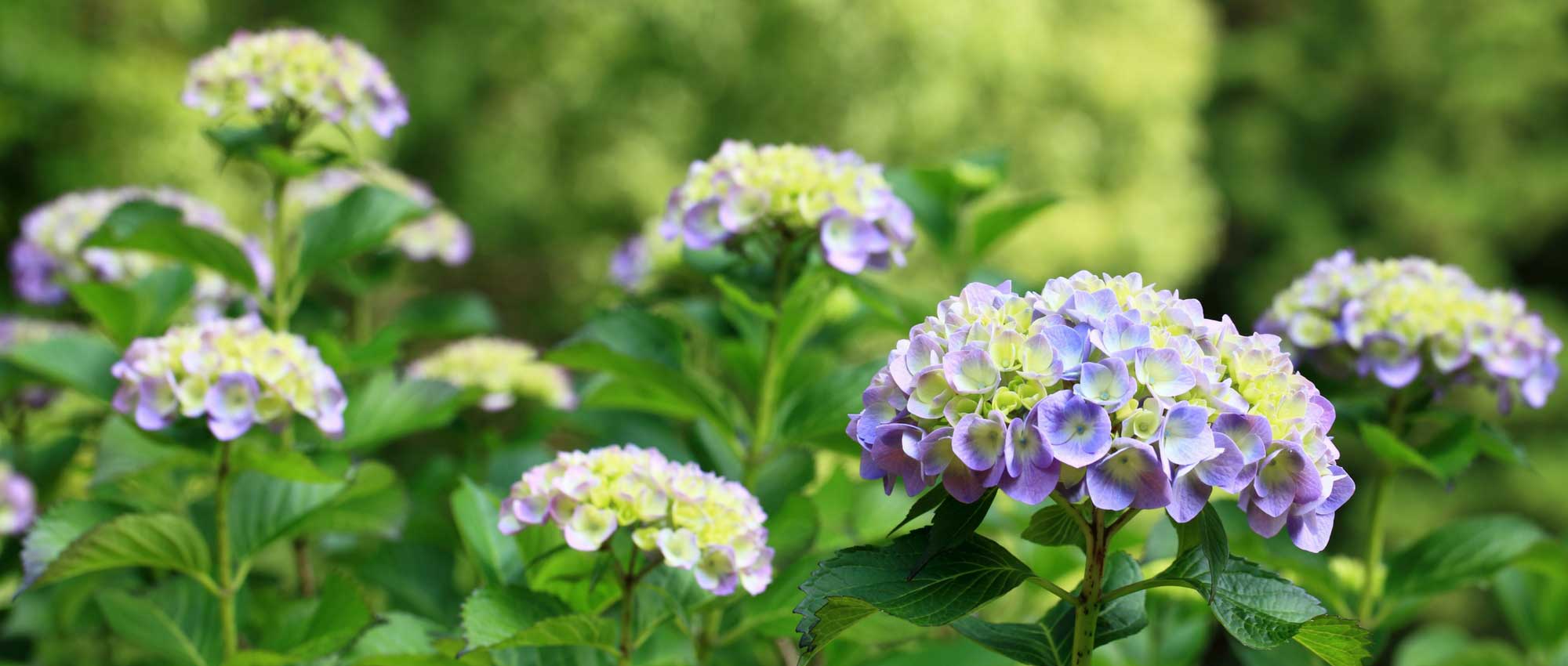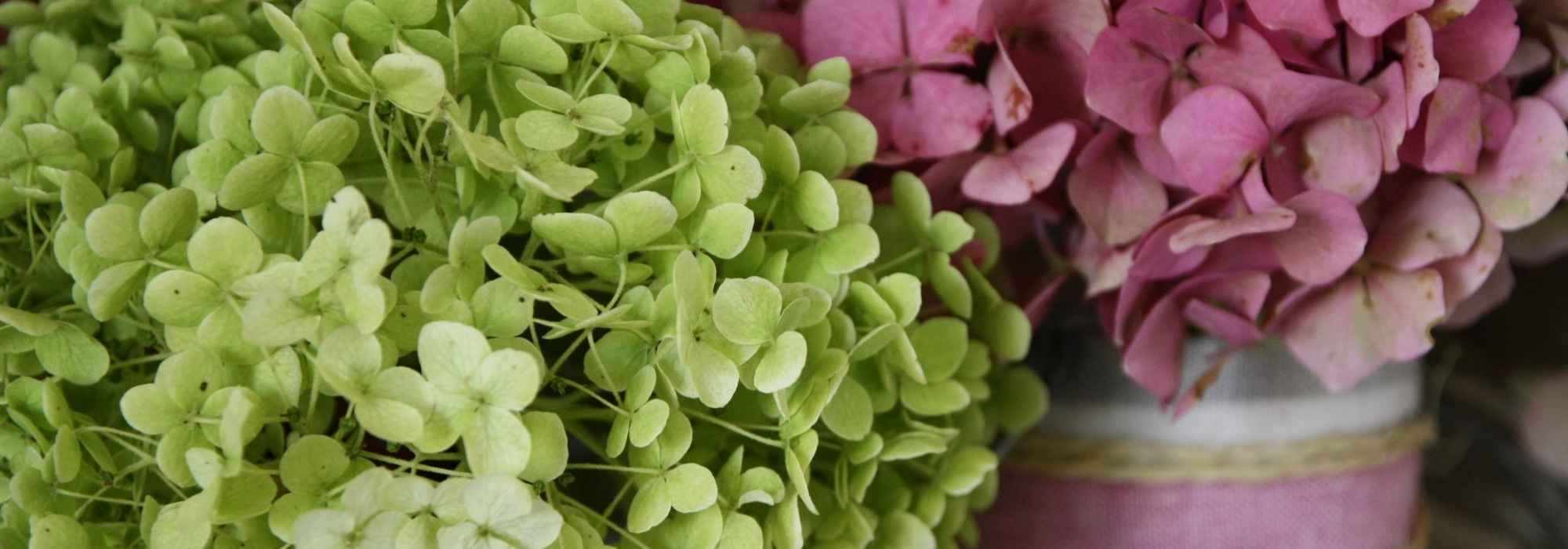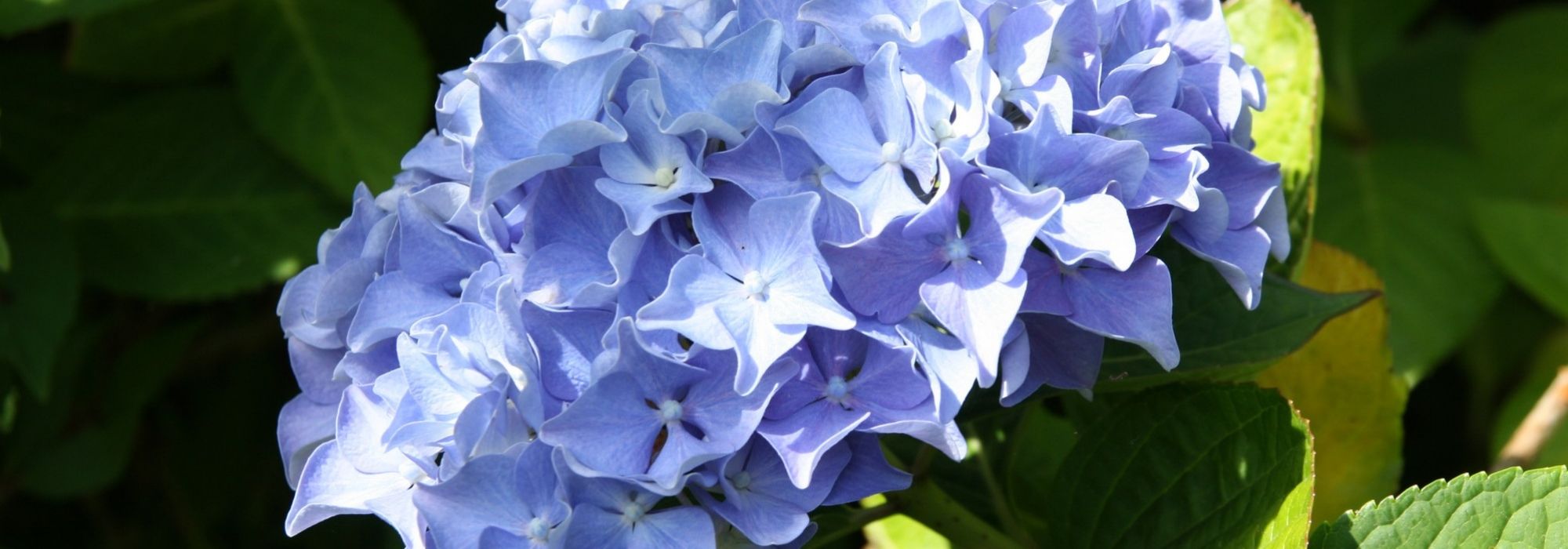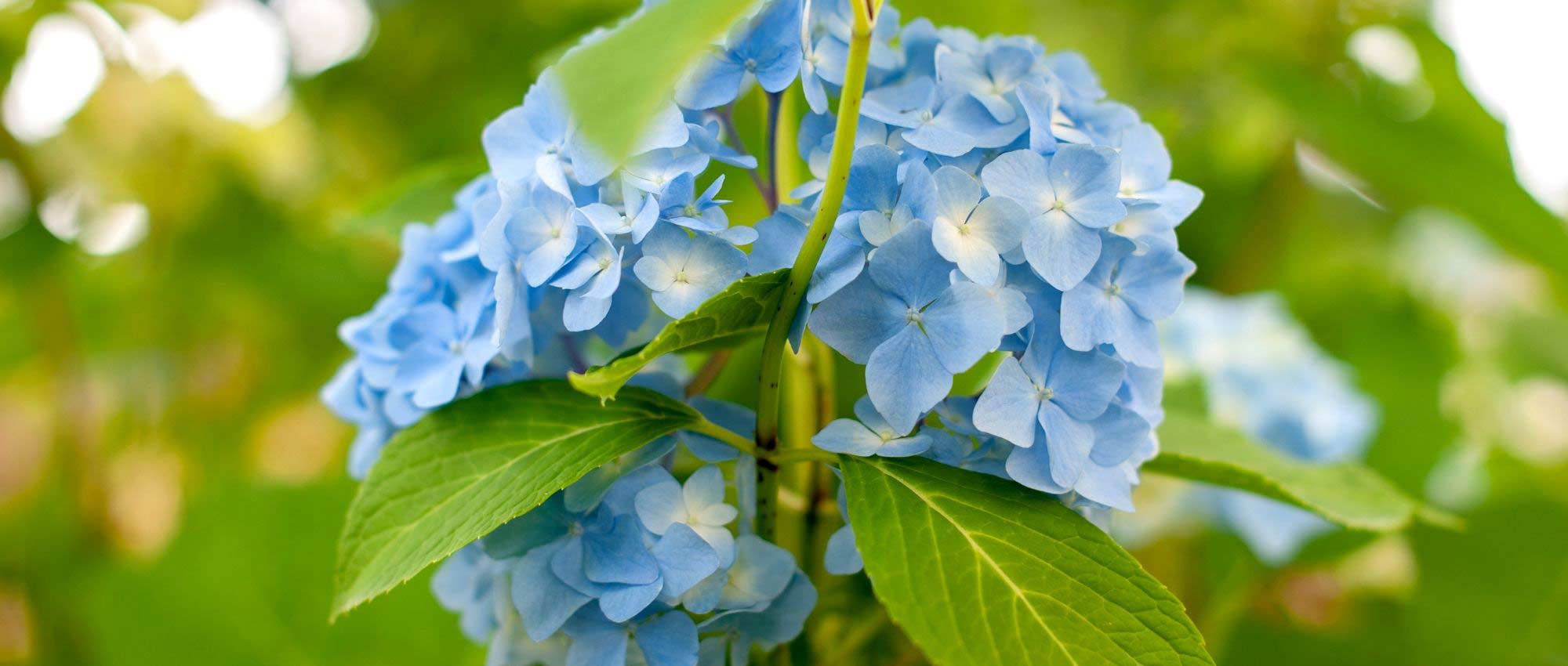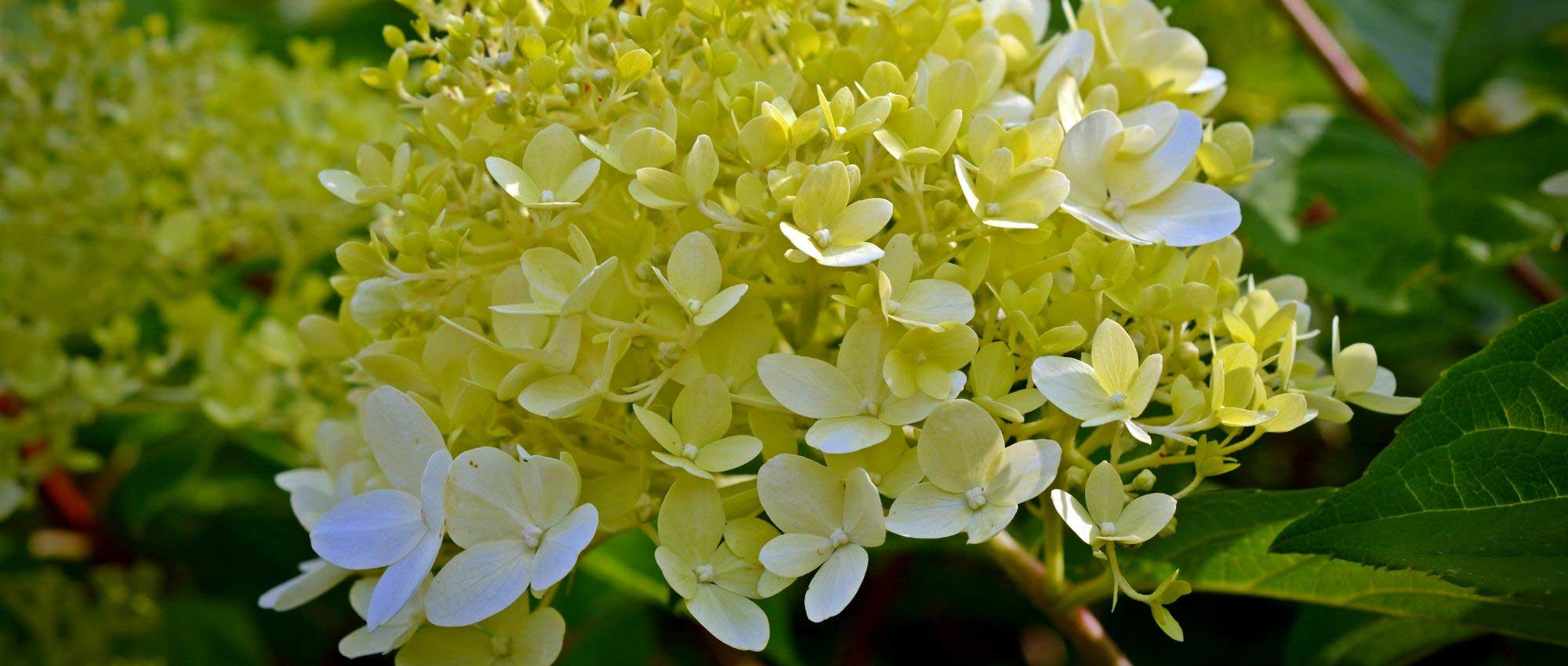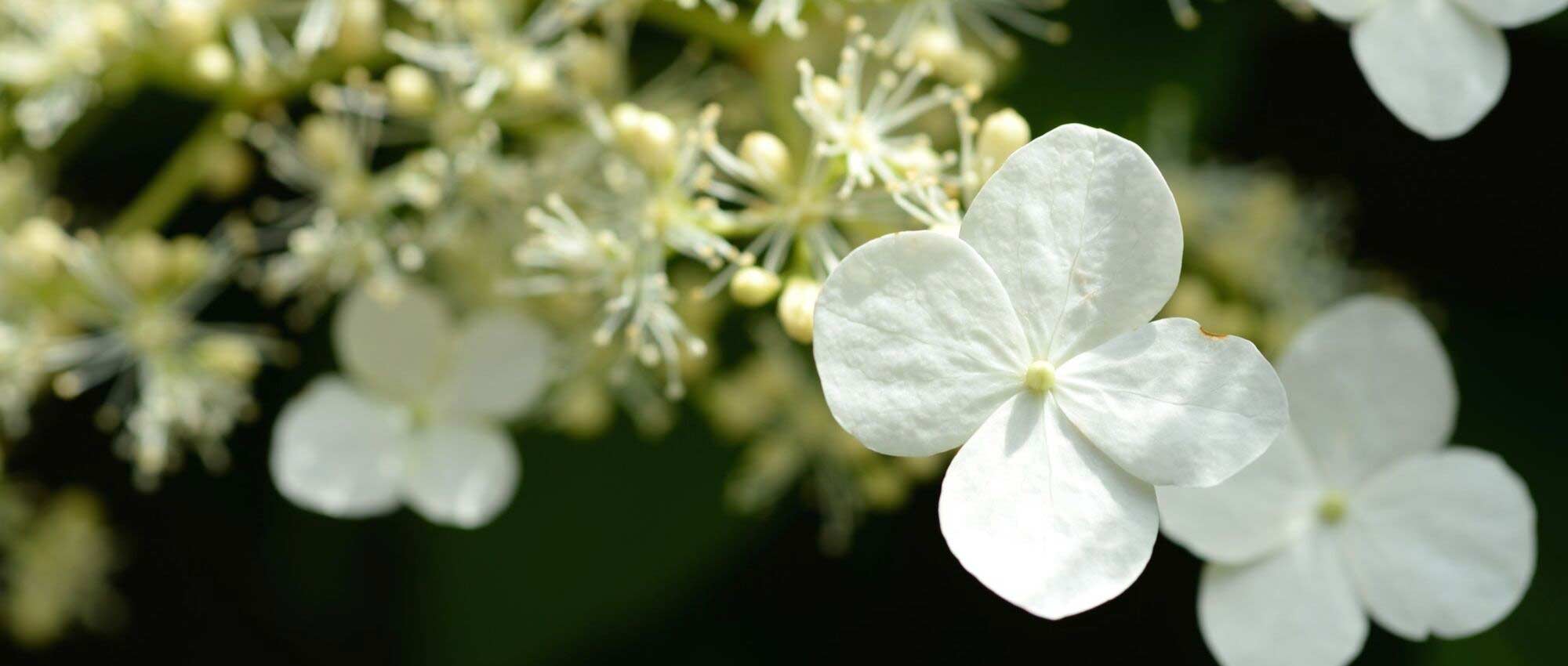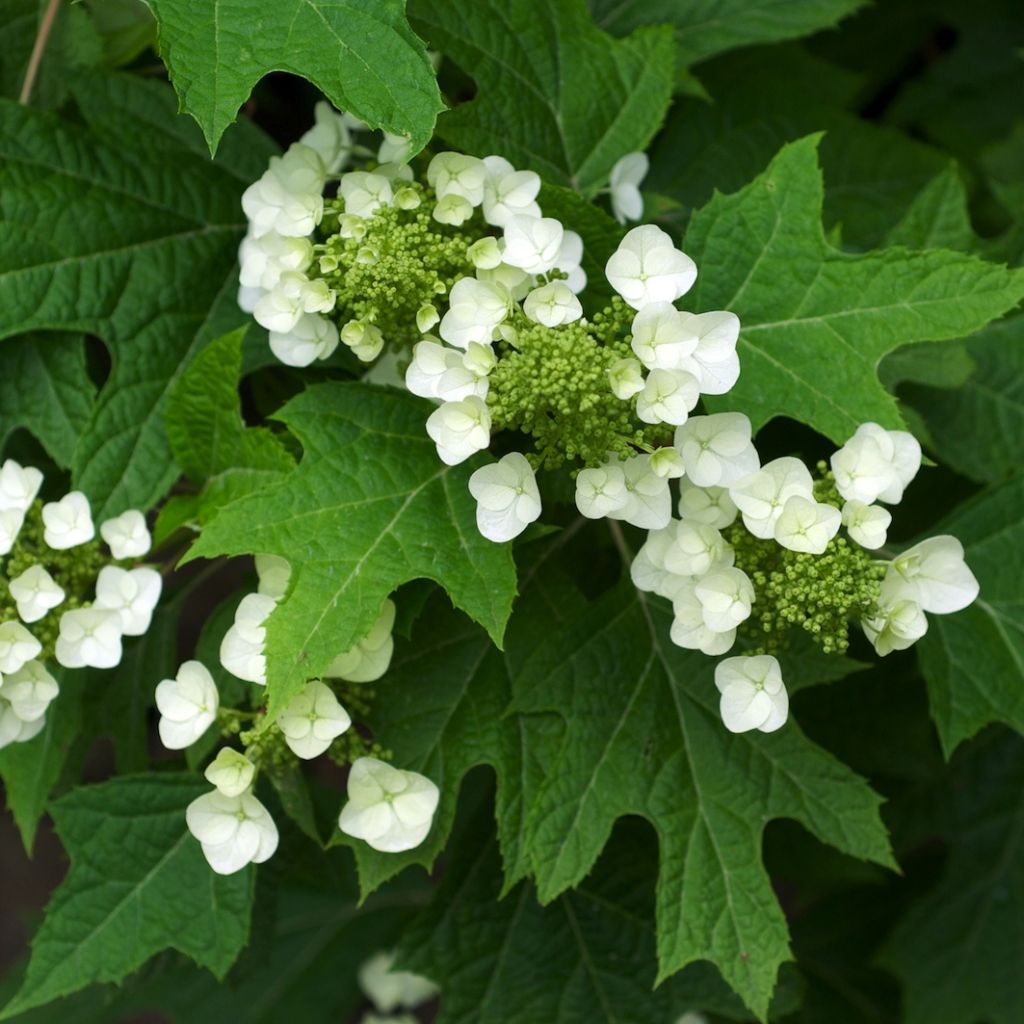

Hydrangea quercifolia Bultinks Giant Flowers
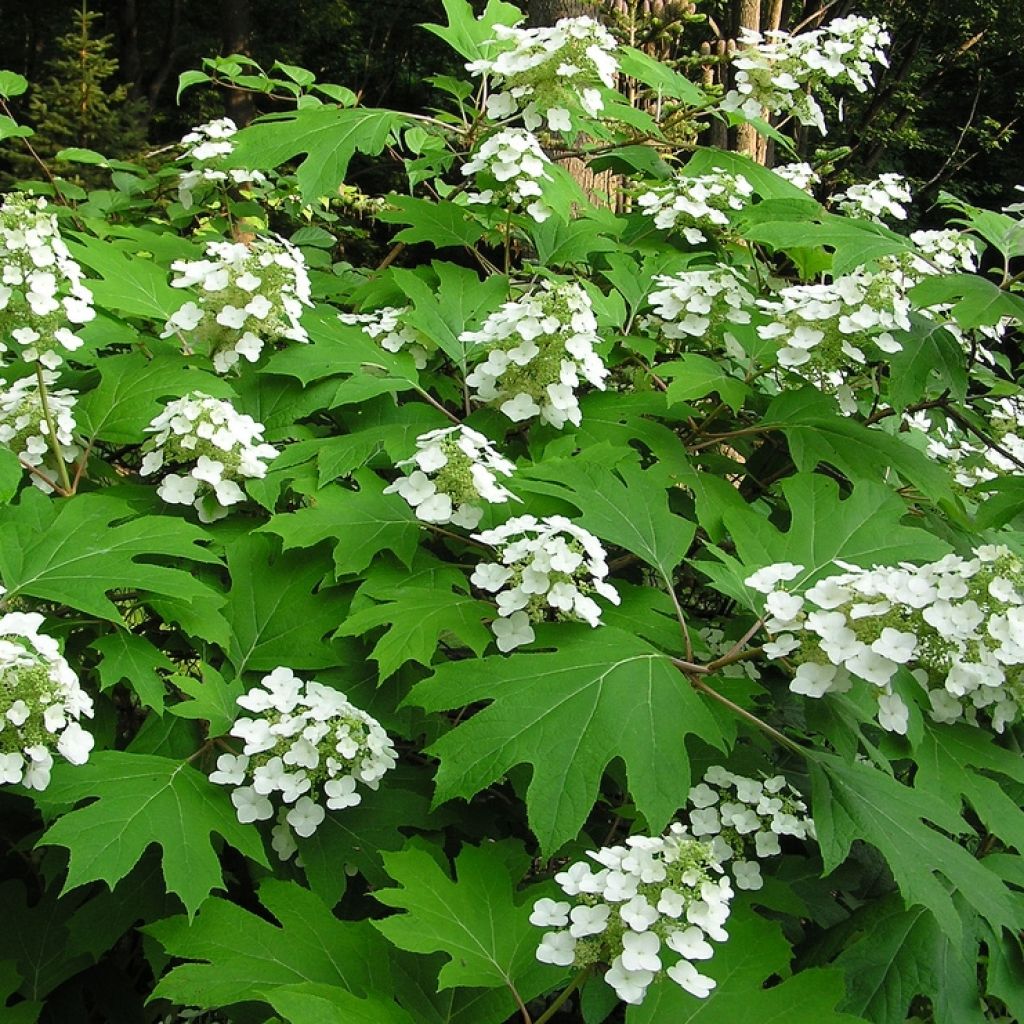

Hydrangea quercifolia Bultinks Giant Flowers
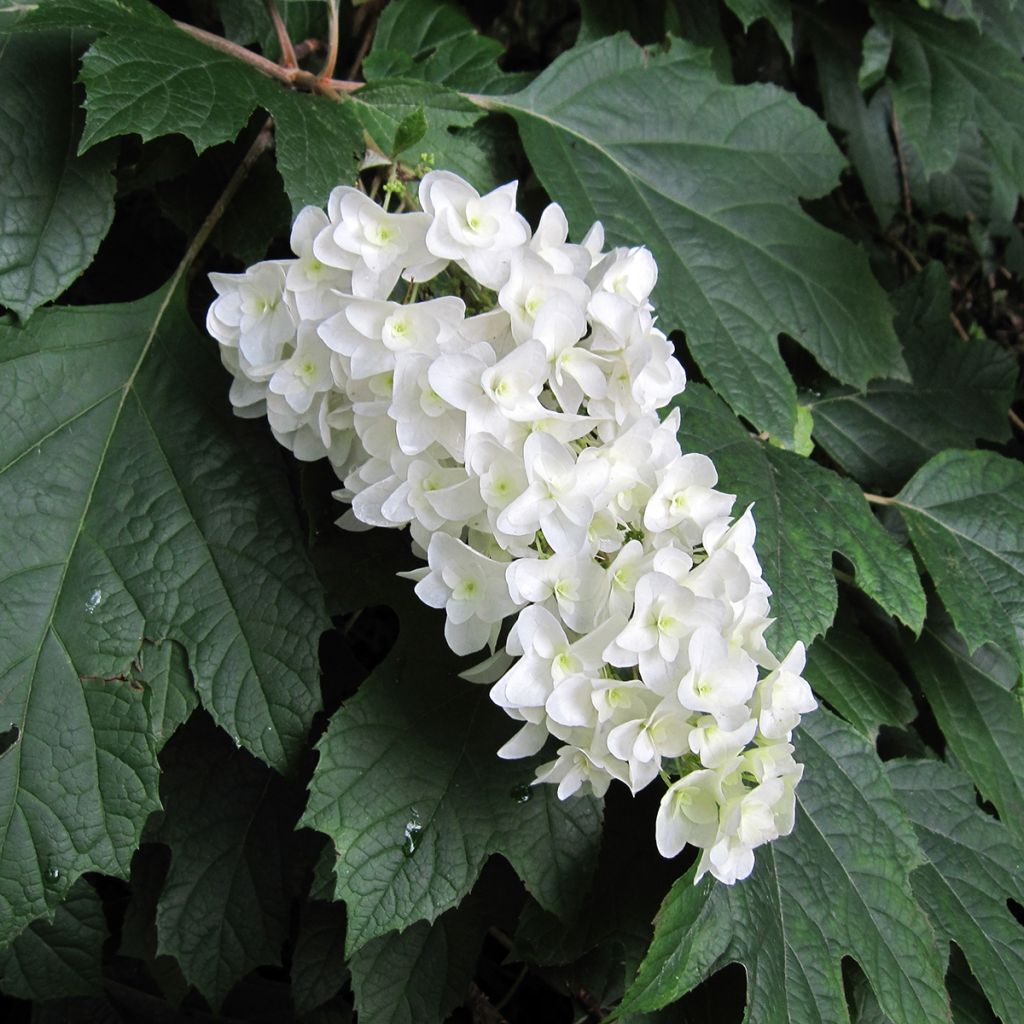

Hydrangea quercifolia Bultinks Giant Flowers
Hydrangea quercifolia Bultinks Giant Flowers
Hydrangea quercifolia
Oakleaf Hydrangea, Oak-leaved Hydrangea
Special offer!
Receive a €20 voucher for any order over €90 (excluding delivery costs, credit notes, and plastic-free options)!
1- Add your favorite plants to your cart.
2- Once you have reached €90, confirm your order (you can even choose the delivery date!).
3- As soon as your order is shipped, you will receive an email containing your voucher code, valid for 3 months (90 days).
Your voucher is unique and can only be used once, for any order with a minimum value of €20, excluding delivery costs.
Can be combined with other current offers, non-divisible and non-refundable.
Home or relay delivery (depending on size and destination)
Schedule delivery date,
and select date in basket
This plant carries a 24 months recovery warranty
More information
We guarantee the quality of our plants for a full growing cycle, and will replace at our expense any plant that fails to recover under normal climatic and planting conditions.
Does this plant fit my garden?
Set up your Plantfit profile →
Description
Hydrangea quercifolia, or oakleaf hydrangea, is a bush with large lobed leaves. It is a decorative plant all year round, first and foremost because of the unique design of its large lobed leaves, and then because of its flowering in large white panicles that lasts for several months, from early summer to September or October. And finally, its autumn foliage that turns a rich reddish-purple before falling. Moreover, its exfoliating bark is truly decorative in winter, with a lovely cinnamon colour. Cultivars are most commonly found in our gardens, but the species itself is very interesting.
Hydrangea quercifolia, from the Hydrangeaceae family, is mainly native to the southwest United States, particularly the Mississippi Valley. It grows on cliffs, in moist woods, ravines, and along riverbanks, from Georgia to Louisiana, passing through Florida. It is a large deciduous bush, reaching up to 4 m (13.1 ft) in height in its natural habitat and spreading up to 3.5 m (11.5 ft) wide through the production of shoots. It is characterised by a deep root system and large lobed leaves, which are supposed to resemble the leaves of the American red oak (Quercus rubra). In reality, the leaves of the red oak are more thread-like and smoother. The leaves of the hydrangea are wide and slightly rough, with more pronounced veins. Measuring 25 cm to 30 cm (9.8 in to 11.8 in) long, its leaves are almost as wide and deeply lobed, forming large characteristic lobes.
It is appreciated for its beautiful autumn colours and its flowering in large upright white panicles, 20 cm to 25 cm (7.9 in to 9.8 in) long, composed of small powdery fertile flowers surrounded by larger sterile florets that turn pink towards the end of the season. In the garden, it is one of the easiest hydrangeas to grow: it is hardy beyond -20° C (-4° F), tolerates some limestone in the soil, and can withstand heat and periodically dry soils in summer if they are planted deeply enough.
A spring-cleaning pruning is sufficient to remove the faded inflorescences from the previous autumn and possibly limit its growth, as it tends to spread quite wide!
The oakleaf hydrangea appreciates slightly sunny positions that enhance its autumn colours and abundant flowering, dappled light from tree foliage or even shade in hot climates. It can be used in borders, as a solitary plant in a small garden or along a path, and in a loose hedge, but it does not tolerate container cultivation well. It can be grown with other hydrangeas, but since it does not require ericaceous soil, it can also be planted alongside many other bushes that thrive in neutral soils. As it blooms in summer until late in the season, it can be paired with spring-flowering shrubs. The small Lilac 'Superba' with its highly fragrant small pink flowers, Physocarpus 'Diable d'Or' with its purple foliage that contrasts with the green of the hydrangea, the lovely Spiraea 'Grefsheim' or Bridal Wreath, with its delicate branches covered in white flowers, will all be good companions for the early season. For the summer, the narrow foliage and slightly hazy blue flowers of Ceanothus 'Gloire de Versailles' will bring lightness alongside our Hydrangea quercifolia.
Hydrangea quercifolia Bultinks Giant Flowers in pictures






Plant habit
Flowering
Foliage
Botanical data
Hydrangea
quercifolia
Hydrangeaceae
Oakleaf Hydrangea, Oak-leaved Hydrangea
North America
Other Hydrangea Quercifolia
View all →Planting and care
It requires a sunny exposure to enhance autumn colours, but fears overly hot exposures: morning sun or shade from a large tree during the hottest hours are preferable, especially in very sunny and hot regions. It prefers humus-rich, neutral to acidic soil, but tolerates limestone better than other hydrangeas after careful planting. On the other hand, it does not tolerate compact and poorly drained soils that hinder its hardiness and the development of its roots, which can penetrate deeply into the soil.
Prepare a hole filled with a mixture of compost, leaves, and loose garden soil. At planting, install it in deeply worked soil. A good base fertiliser (horn or dehydrated blood) will promote the recovery of your plant and nourish it without risk of burning. If your soil tends to be very dry in summer, mix a water retainer with the soil when filling the planting hole and provide a watering basin on the surface. Once well established, this hydrangea does not require any watering in summer, except perhaps in hotter regions, where it will appreciate weekly watering, or every two weeks depending on the weather.
We advise you not to cut the dry flowerheads at the end of summer, as they will protect the terminal shoots of the branches in winter. Remove all the dry flowers at the end of February or at the first sign of warmer weather. The cold resistance of the oakleaf hydrangea is very good, but very young plants whose branches are still tender (not lignified) are more sensitive to cold.
Planting period
Intended location
Care
Planting & care advice
-
, onOrder confirmed
Reply from on Promesse de fleurs
Haven't found what you were looking for?
Hardiness is the lowest winter temperature a plant can endure without suffering serious damage or even dying. However, hardiness is affected by location (a sheltered area, such as a patio), protection (winter cover) and soil type (hardiness is improved by well-drained soil).

Photo Sharing Terms & Conditions
In order to encourage gardeners to interact and share their experiences, Promesse de fleurs offers various media enabling content to be uploaded onto its Site - in particular via the ‘Photo sharing’ module.
The User agrees to refrain from:
- Posting any content that is illegal, prejudicial, insulting, racist, inciteful to hatred, revisionist, contrary to public decency, that infringes on privacy or on the privacy rights of third parties, in particular the publicity rights of persons and goods, intellectual property rights, or the right to privacy.
- Submitting content on behalf of a third party;
- Impersonate the identity of a third party and/or publish any personal information about a third party;
In general, the User undertakes to refrain from any unethical behaviour.
All Content (in particular text, comments, files, images, photos, videos, creative works, etc.), which may be subject to property or intellectual property rights, image or other private rights, shall remain the property of the User, subject to the limited rights granted by the terms of the licence granted by Promesse de fleurs as stated below. Users are at liberty to publish or not to publish such Content on the Site, notably via the ‘Photo Sharing’ facility, and accept that this Content shall be made public and freely accessible, notably on the Internet.
Users further acknowledge, undertake to have ,and guarantee that they hold all necessary rights and permissions to publish such material on the Site, in particular with regard to the legislation in force pertaining to any privacy, property, intellectual property, image, or contractual rights, or rights of any other nature. By publishing such Content on the Site, Users acknowledge accepting full liability as publishers of the Content within the meaning of the law, and grant Promesse de fleurs, free of charge, an inclusive, worldwide licence for the said Content for the entire duration of its publication, including all reproduction, representation, up/downloading, displaying, performing, transmission, and storage rights.
Users also grant permission for their name to be linked to the Content and accept that this link may not always be made available.
By engaging in posting material, Users consent to their Content becoming automatically accessible on the Internet, in particular on other sites and/or blogs and/or web pages of the Promesse de fleurs site, including in particular social pages and the Promesse de fleurs catalogue.
Users may secure the removal of entrusted content free of charge by issuing a simple request via our contact form.
The flowering period indicated on our website applies to countries and regions located in USDA zone 8 (France, the United Kingdom, Ireland, the Netherlands, etc.)
It will vary according to where you live:
- In zones 9 to 10 (Italy, Spain, Greece, etc.), flowering will occur about 2 to 4 weeks earlier.
- In zones 6 to 7 (Germany, Poland, Slovenia, and lower mountainous regions), flowering will be delayed by 2 to 3 weeks.
- In zone 5 (Central Europe, Scandinavia), blooming will be delayed by 3 to 5 weeks.
In temperate climates, pruning of spring-flowering shrubs (forsythia, spireas, etc.) should be done just after flowering.
Pruning of summer-flowering shrubs (Indian Lilac, Perovskia, etc.) can be done in winter or spring.
In cold regions as well as with frost-sensitive plants, avoid pruning too early when severe frosts may still occur.
The planting period indicated on our website applies to countries and regions located in USDA zone 8 (France, United Kingdom, Ireland, Netherlands).
It will vary according to where you live:
- In Mediterranean zones (Marseille, Madrid, Milan, etc.), autumn and winter are the best planting periods.
- In continental zones (Strasbourg, Munich, Vienna, etc.), delay planting by 2 to 3 weeks in spring and bring it forward by 2 to 4 weeks in autumn.
- In mountainous regions (the Alps, Pyrenees, Carpathians, etc.), it is best to plant in late spring (May-June) or late summer (August-September).
The harvesting period indicated on our website applies to countries and regions in USDA zone 8 (France, England, Ireland, the Netherlands).
In colder areas (Scandinavia, Poland, Austria...) fruit and vegetable harvests are likely to be delayed by 3-4 weeks.
In warmer areas (Italy, Spain, Greece, etc.), harvesting will probably take place earlier, depending on weather conditions.
The sowing periods indicated on our website apply to countries and regions within USDA Zone 8 (France, UK, Ireland, Netherlands).
In colder areas (Scandinavia, Poland, Austria...), delay any outdoor sowing by 3-4 weeks, or sow under glass.
In warmer climes (Italy, Spain, Greece, etc.), bring outdoor sowing forward by a few weeks.






























